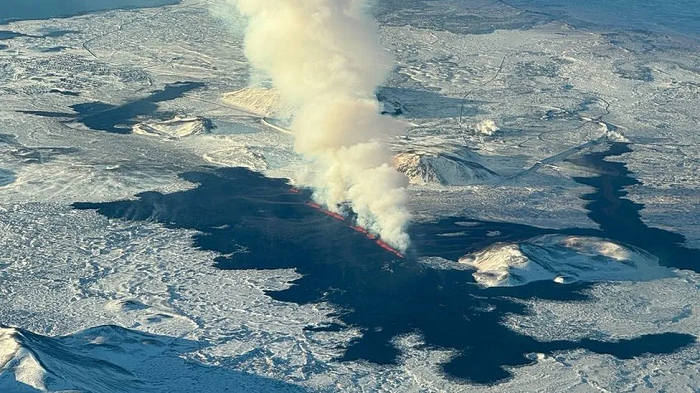
A state of emergency grips Iceland as a volcanic eruption wreaks havoc on the Reykjanes Peninsula. The eruption, the third in the region since December, has disrupted vital infrastructure, prompting authorities to urge residents to conserve resources.
The volcanic activity has damaged key hot water pipes, leaving thousands without access to essential services. The eruption, characterized by fountains of lava shooting into the sky and streams of molten rock flowing across the landscape, poses significant risks to the area’s power supply and infrastructure.
Efforts to mitigate the impact include diverting lava flows away from critical facilities like the Svartsengi power plant. Despite these measures, the eruption’s intensity and duration raise concerns about prolonged disruptions to daily life.
The volcanic outbreaks in the Reykjanes Peninsula are part of a larger pattern of seismic activity in the region, signaling a potential new era of volcanic activity. While experts work to manage the immediate effects of the eruption, they acknowledge the possibility of further disruptions in the coming years or even decades.
Despite the challenges posed by the eruption, Icelandic authorities remain vigilant, drawing on lessons from past volcanic events to navigate the current crisis. As the situation unfolds, efforts to safeguard communities and infrastructure will be paramount in mitigating the impact of this natural disaster.






Be First to Comment